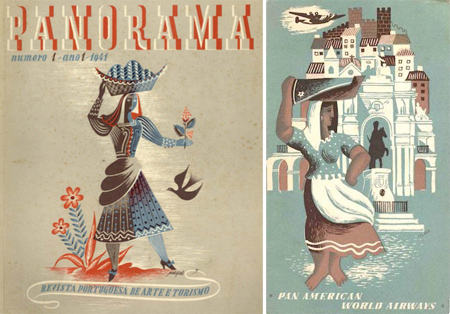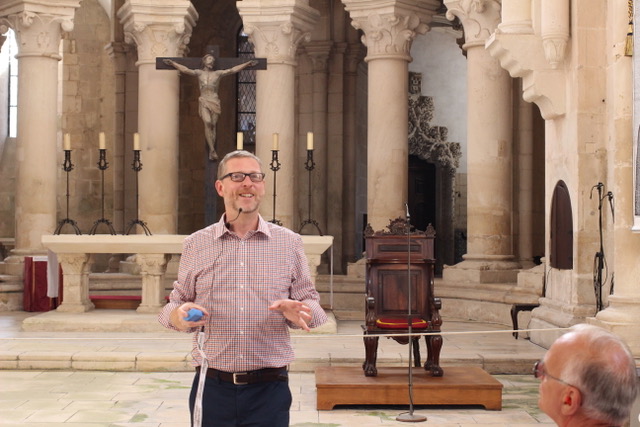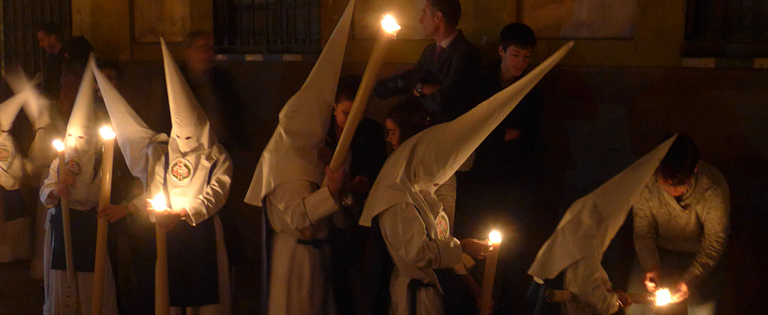recipe: gazpacho

After spending so much time cooking during quarantine, I’ve decided to post more recipes. Usually I’m on the road so I post about those experiences but this year has been, well, different. And every attempt to reproduce Spanish & Portuguese recipes gives me that much more insight into Iberian culture. Note: Every recipe I post works. I often try a few times to get flavors exactly how I like them. So consider these posts as a base to start exploring Iberian cooking… then you do you.
Read More »recipe: gazpacho


